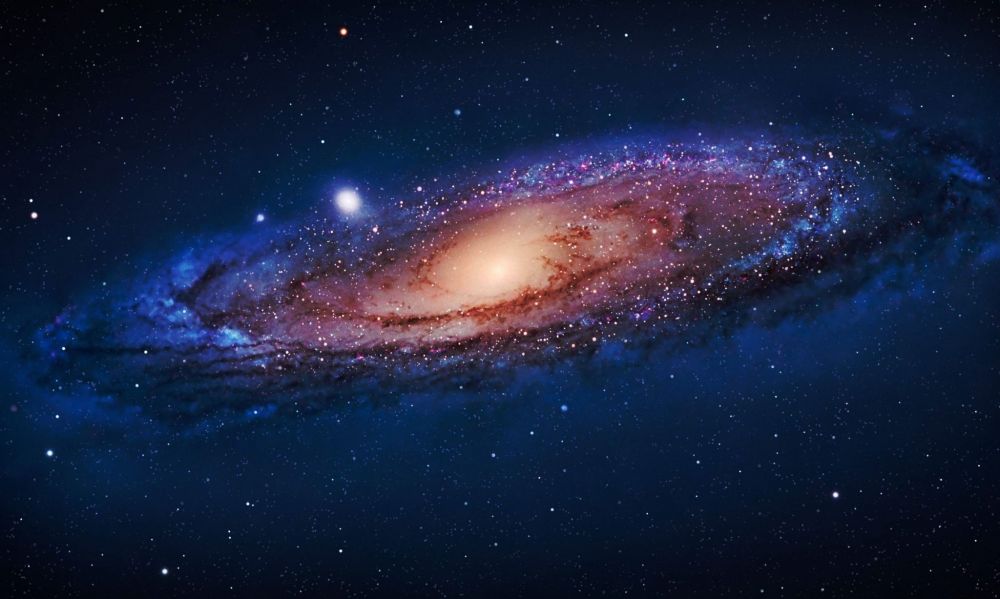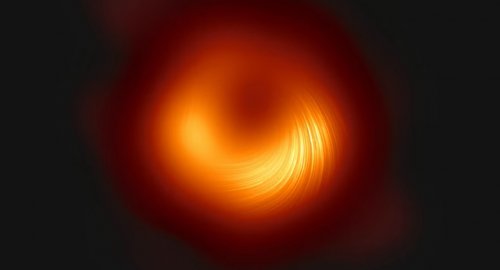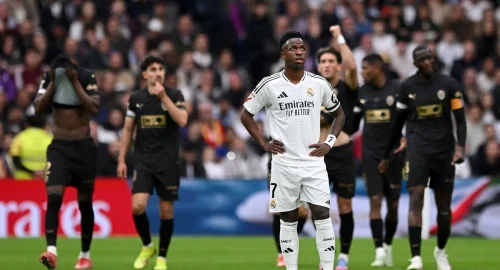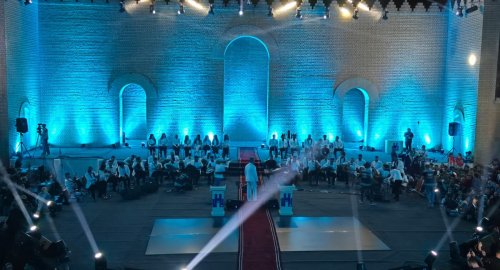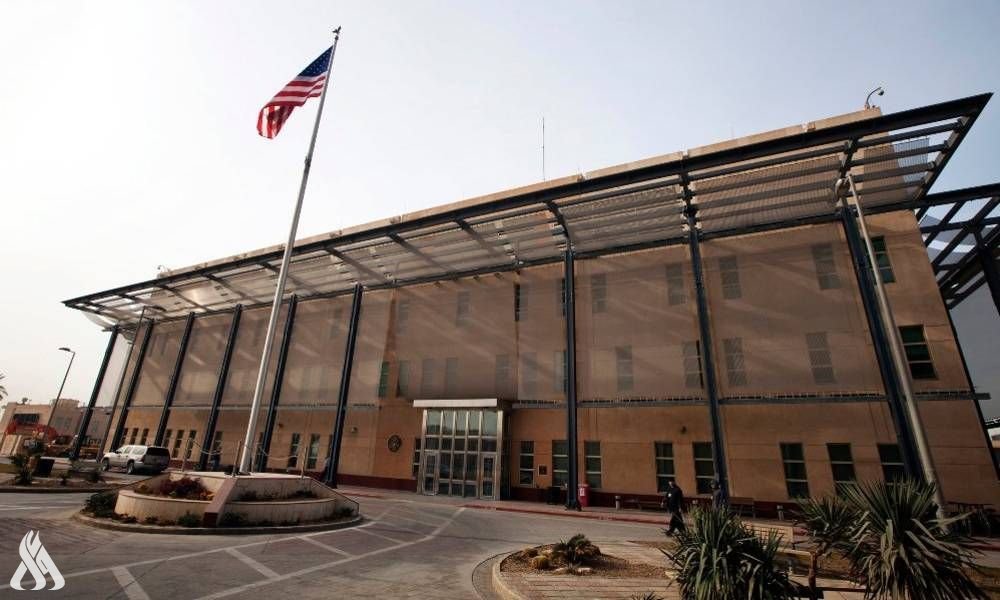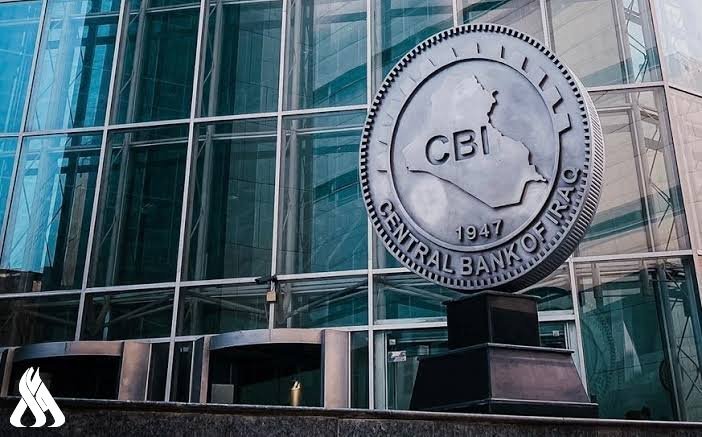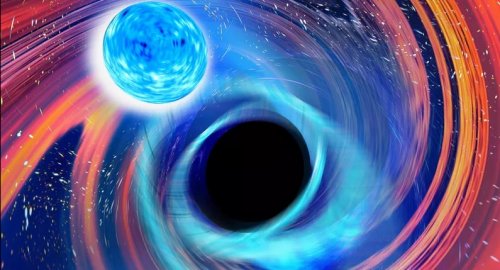
Astronomers detect black holes swallowing up neutron stars

- 30-06-2021, 21:05
INA – SOURCES
On January 5, 2020, astrophysicists heard a chirp from a distant part of the cosmos, some 900 million light-years away.
The fleeting sound was unlike any they'd heard before and was caused by a great ripple in space-time - a gravitational wave - that spread out across the universe from over 900 million light-years away, washing over the Earth and pinging detectors.
Then, 10 days later, they heard another, similar sound. A cosmic twin. Gravitational waves had once again pinged Earth's detectors.
After careful analysis, the two signals have been identified as emanating from extreme, never-before-seen events in deep space: the collision between a black hole and a neutron star.
The pair of collisions (or, less poetically, "mergers") are detailed in a new study published in the Astrophysical Journal Letters on Tuesday, featuring over 1,000 scientists from the LIGO/Virgo and KAGRA collaborations, a multinational effort to hunt for gravitational waves. The two newly described events are named GW200105 and GW200115, for the dates they were discovered, and provide the first definitive evidence of an elusive merger.
Prior to the dual detection, astronomers had only found black holes merging with black holes and neutron stars merging with neutron stars.
"We've been waiting and expecting, at some stage, to detect a system with one of each," said Susan Scott, an astrophysicist at Australian National University and a member of OzGrav and the LIGO collaboration.
Over the last two years, there had been suggestions that a collision between a neutron star and a black hole may have been spotted -- but one of the objects appeared a little unusual. It was too big to be a neutron star and too small to be a black hole. The unknown object remains a mystery, which means GW200105 and GW200115 will go down in history.
"These are the first really confident detections of the merger of a neutron star with a black hole," adds Rory Smith, an astrophysicist at Monash University in Australia and a member of the LIGO collaboration.
White House: Talks with Iran were very positive and constructive
- International
- 09:40
US Embassy: Trade Mission of 60 Companies Visits Iraq
- politics
- 25/04/07
CBI unveils comprehensive reform plan to modernize banking sector
- Economy
- 25/04/07
Al-Sudani Meets Delegation from J.P. Morgan Bank
- politics
- 25/04/08

